Crews are readying for excavation at the site of Majestic, a 12-story residential building at 540 DeGraw Street in Gowanus, Brooklyn. Designed by Handel Architects and developed by Domain Companies, Goldman Sachs Asset Management’s Urban Investment Group, Vorea Group, and Mega Development, the 146-foot-tall structure will span 244,882 square feet and yield 268 rental units with an average scope of 861 square feet, as well as 13,929 square feet of retail and office space and 45 enclosed parking spaces. Twenty-five percent of the apartments will be designated for affordable housing. Future Green Studio is the landscape designer and Mega Contracting Group is the general contractor for the property, which is alternately addressed as 537 Sackett Street and bound by DeGraw Street to the north, Sackett Street to the south, and Nevins Street to the west.
Recent photos show the site cleared from the demolition of its former occupant, a two-story industrial building that was part of the Fulton Manufactured Gas Plant. A large white tent and a battery of air purification systems have been set up near the center of the plot, likely related to the remedial action work plan for the property. Reports indicate that monitoring has been ongoing for total volatile organic compounds and airborne particulate dust concentrations around the site, and excavation could feasibly begin once the location is deemed within acceptable limits.
Renderings of Majestic shows the structure clad largely in red brick, with cutouts for the window grid surrounded by dark gray paneling. A setback volume enclosed in gray corrugated metal breaks up the massing and extends from the main entrance to the highest point of the structure. The building is shown with landscaped terraces on the upper levels, and new tree-lined sidewalks wrapping around its base.
A list of amenities has yet to be publicly disclosed, though previous aerial renderings depict a spacious rooftop terrace with ample seating and views over the neighborhood. The building is also shown to have a U-shaped configuration with the center of the property likely being home to a private courtyard.
The nearest subway from the property is the R train at the Union Street station to the east along 4th Avenue.
Majestic is aiming for LEED Platinum certification and is slated to be completed in March 2025, as noted on site.
Subscribe to YIMBY’s daily e-mail
Follow YIMBYgram for real-time photo updates
Like YIMBY on Facebook
Follow YIMBY’s Twitter for the latest in YIMBYnews

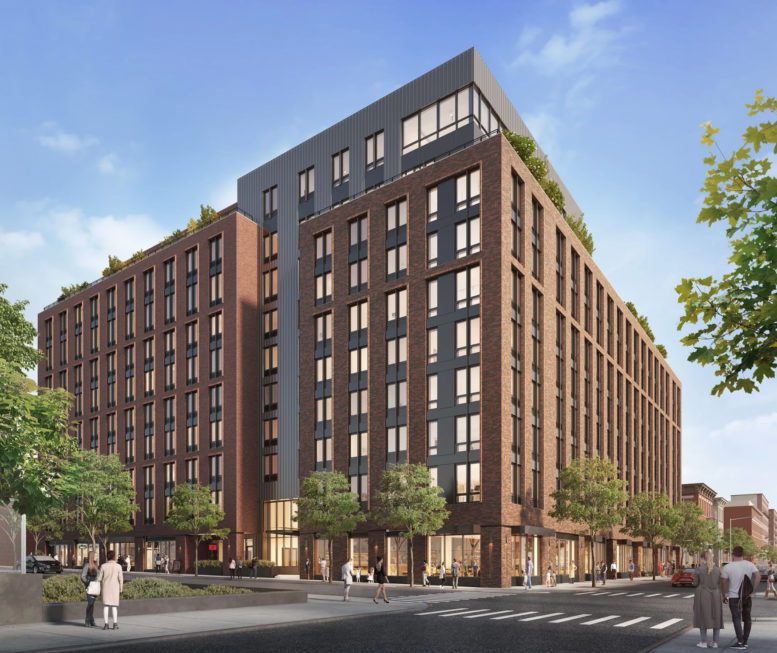
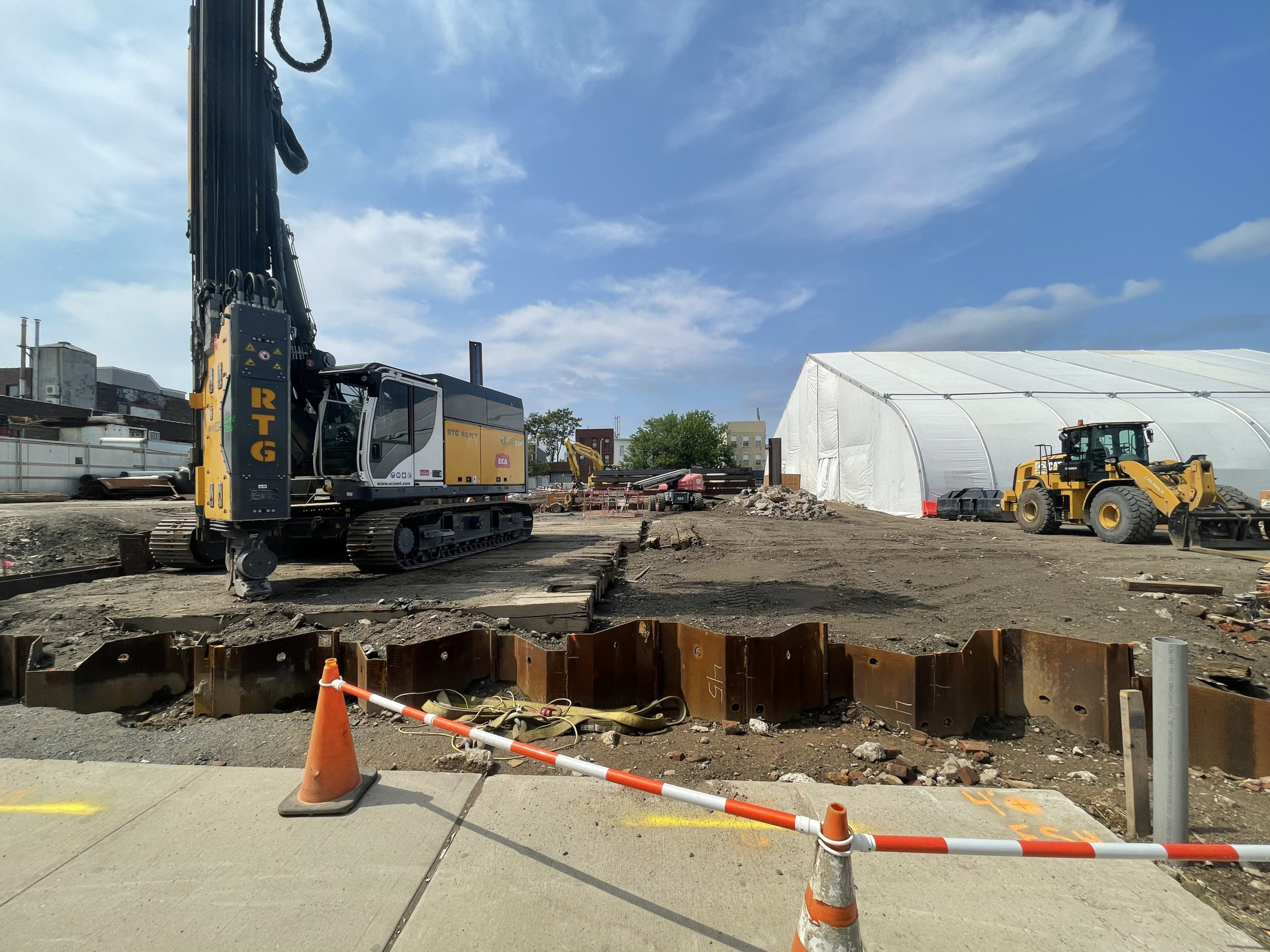
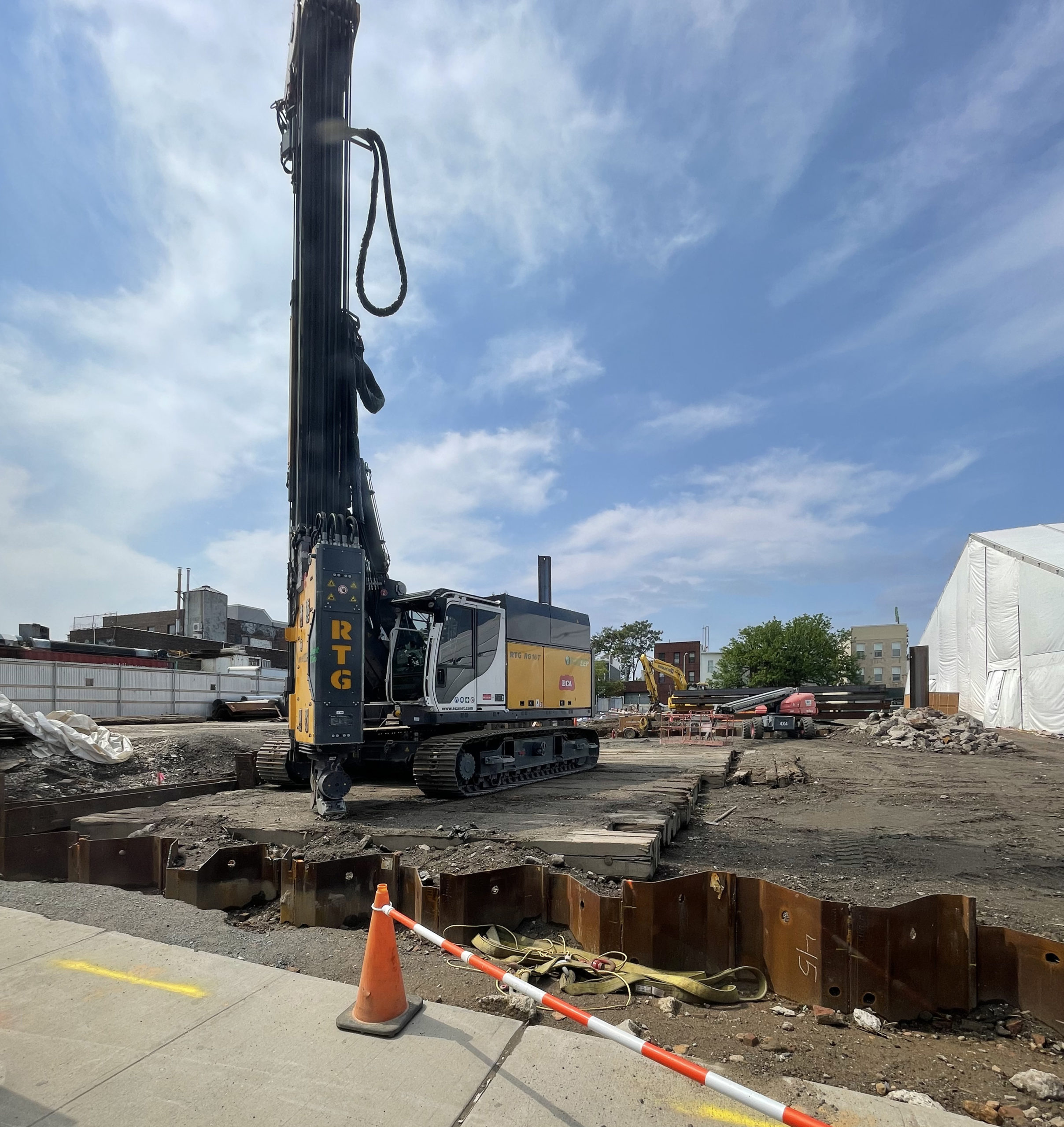
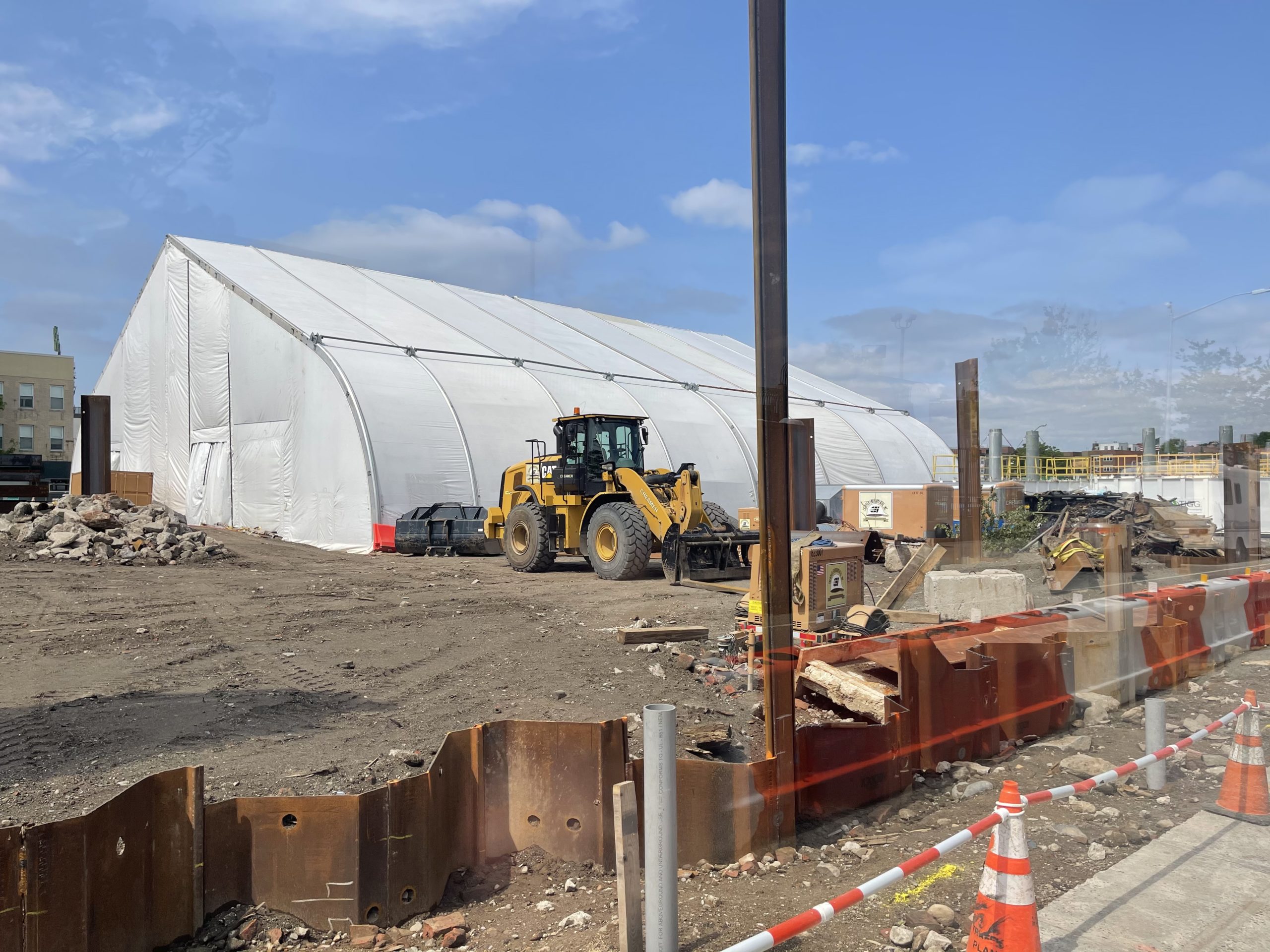
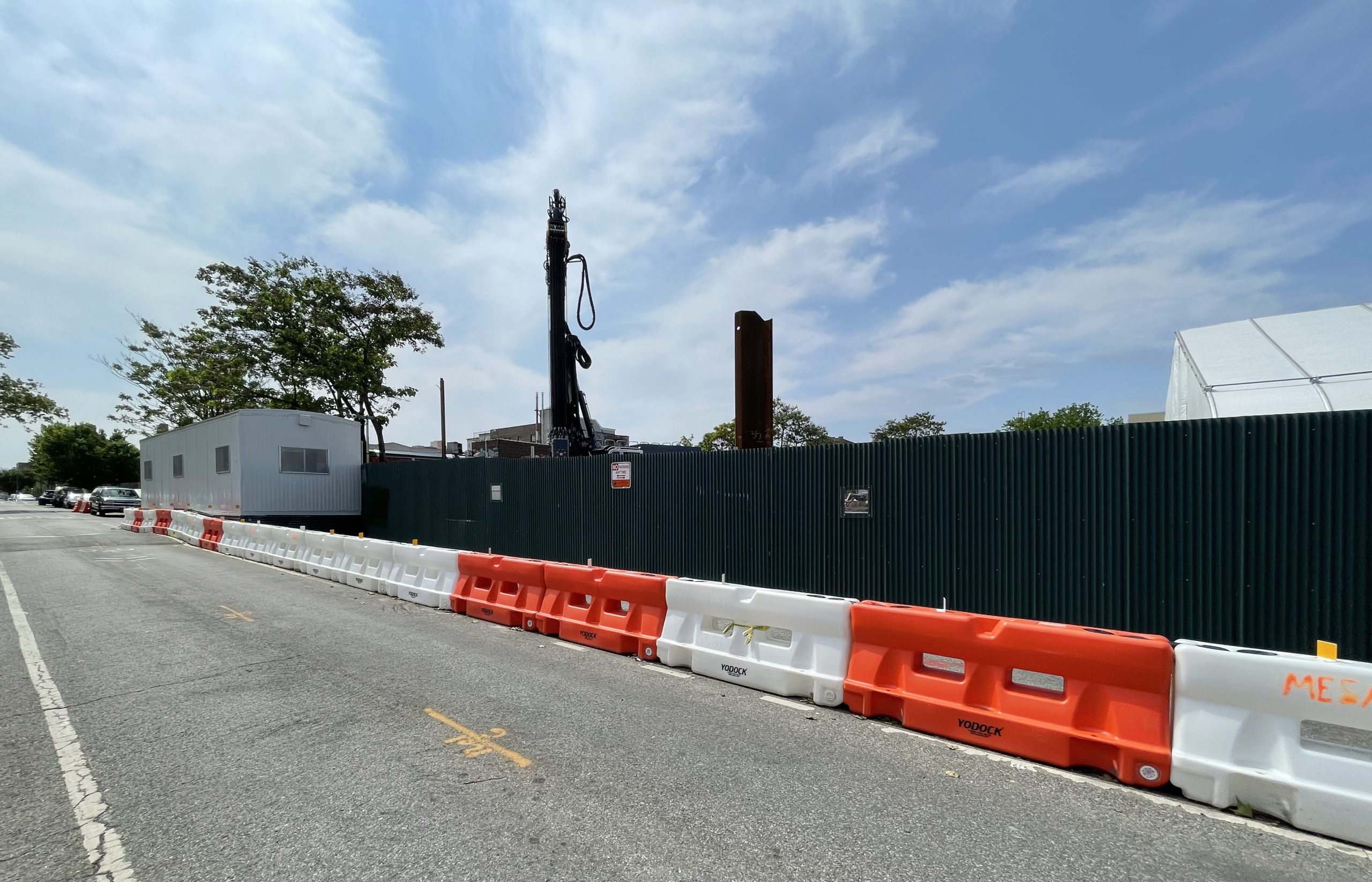
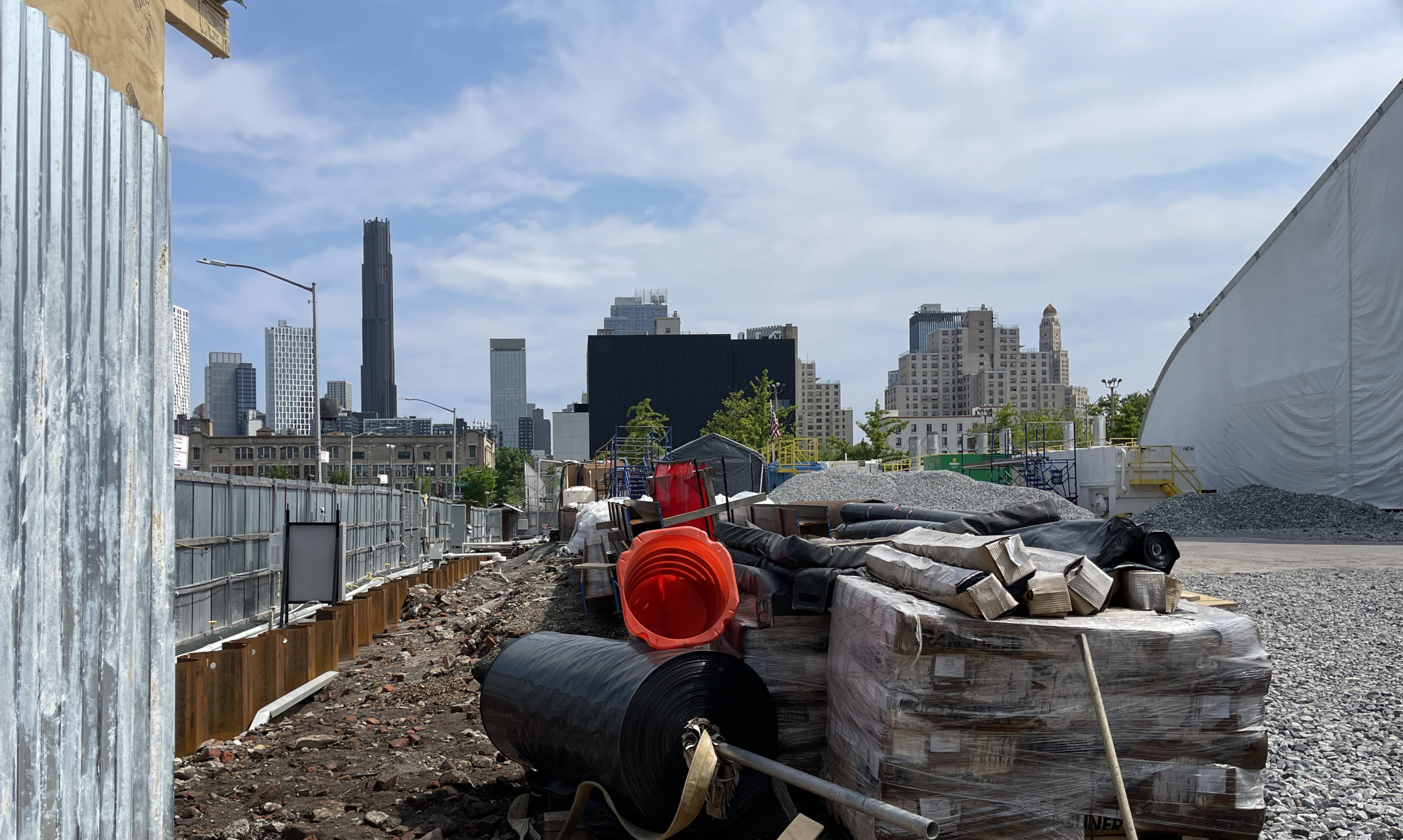
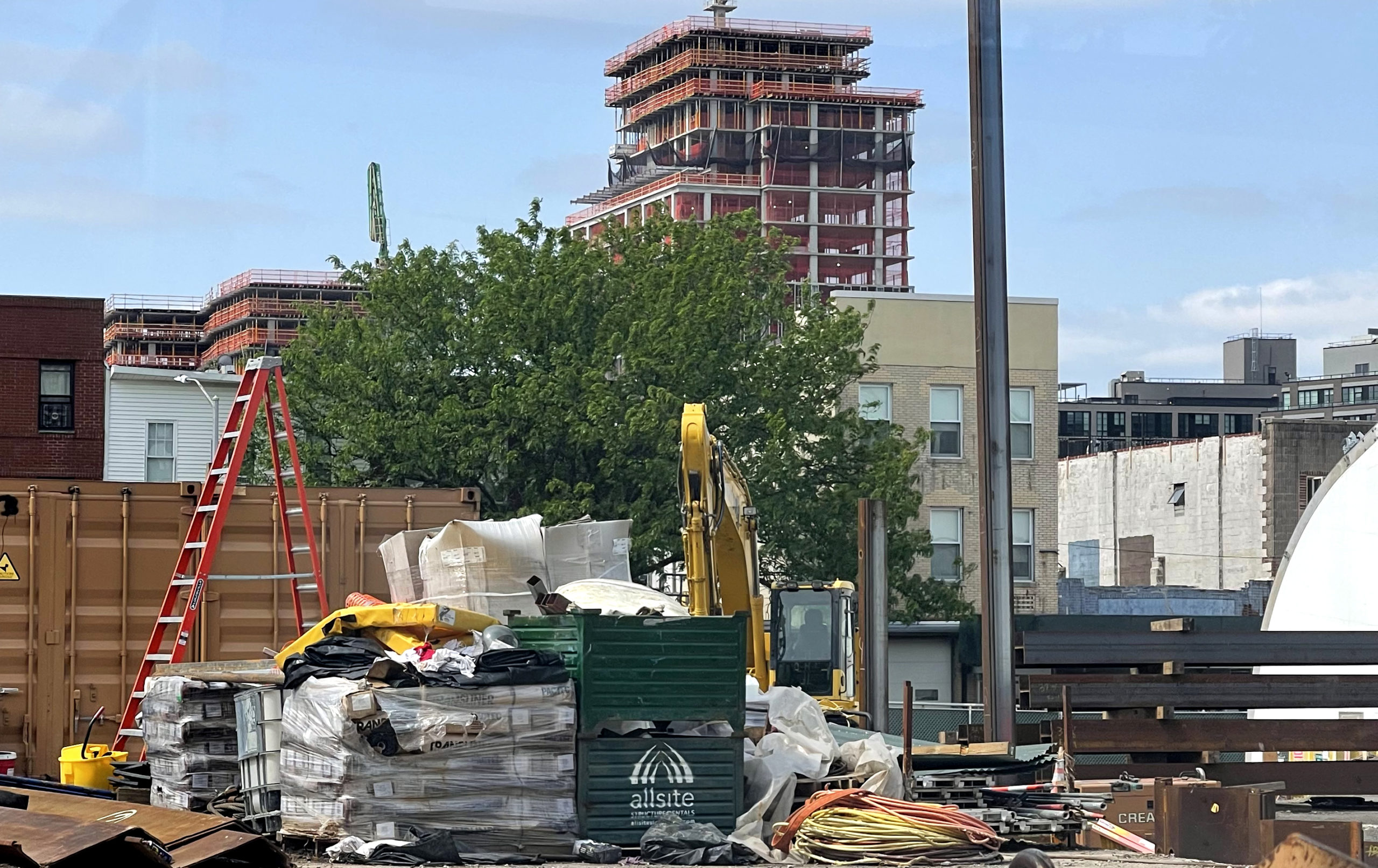
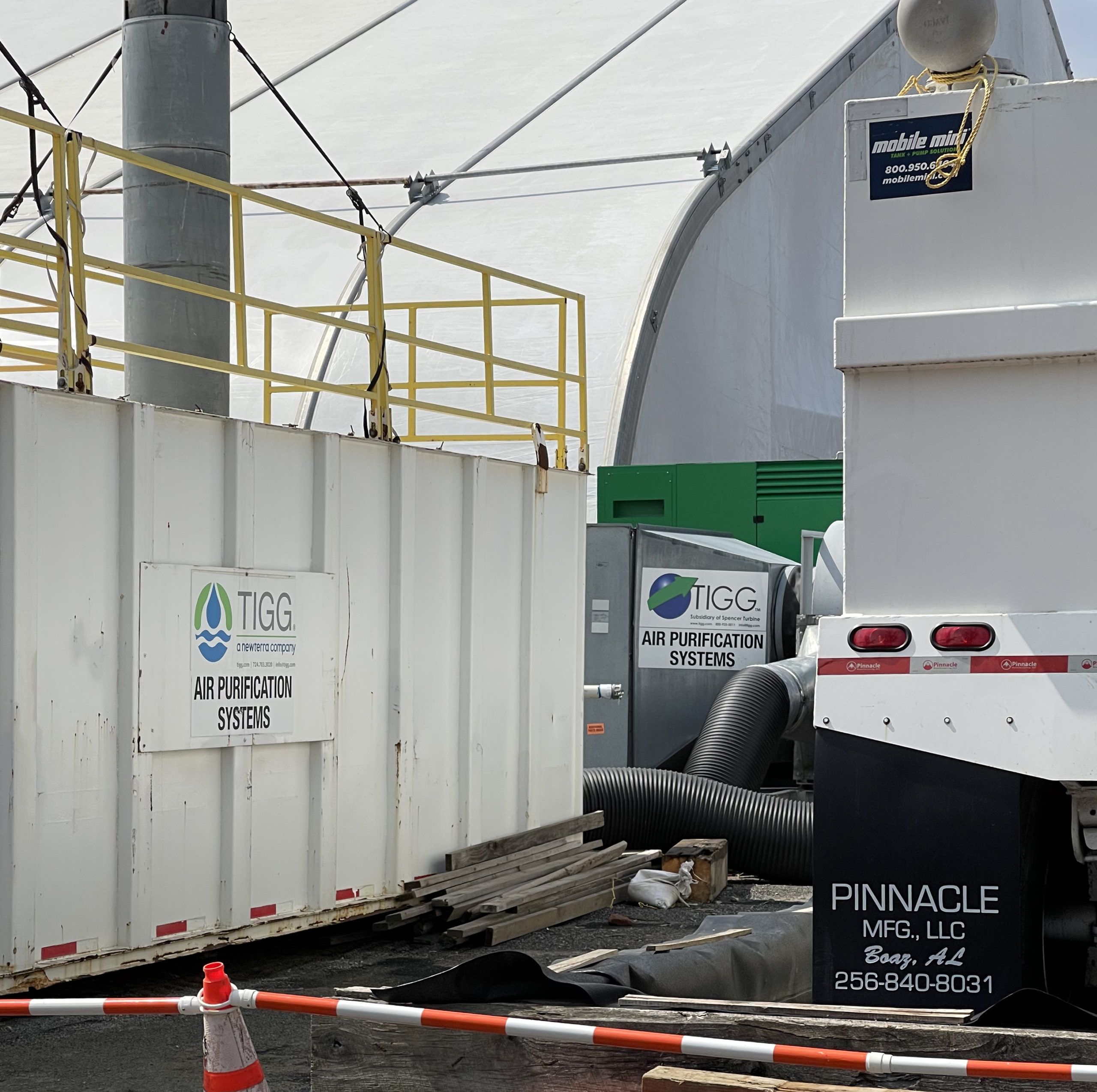
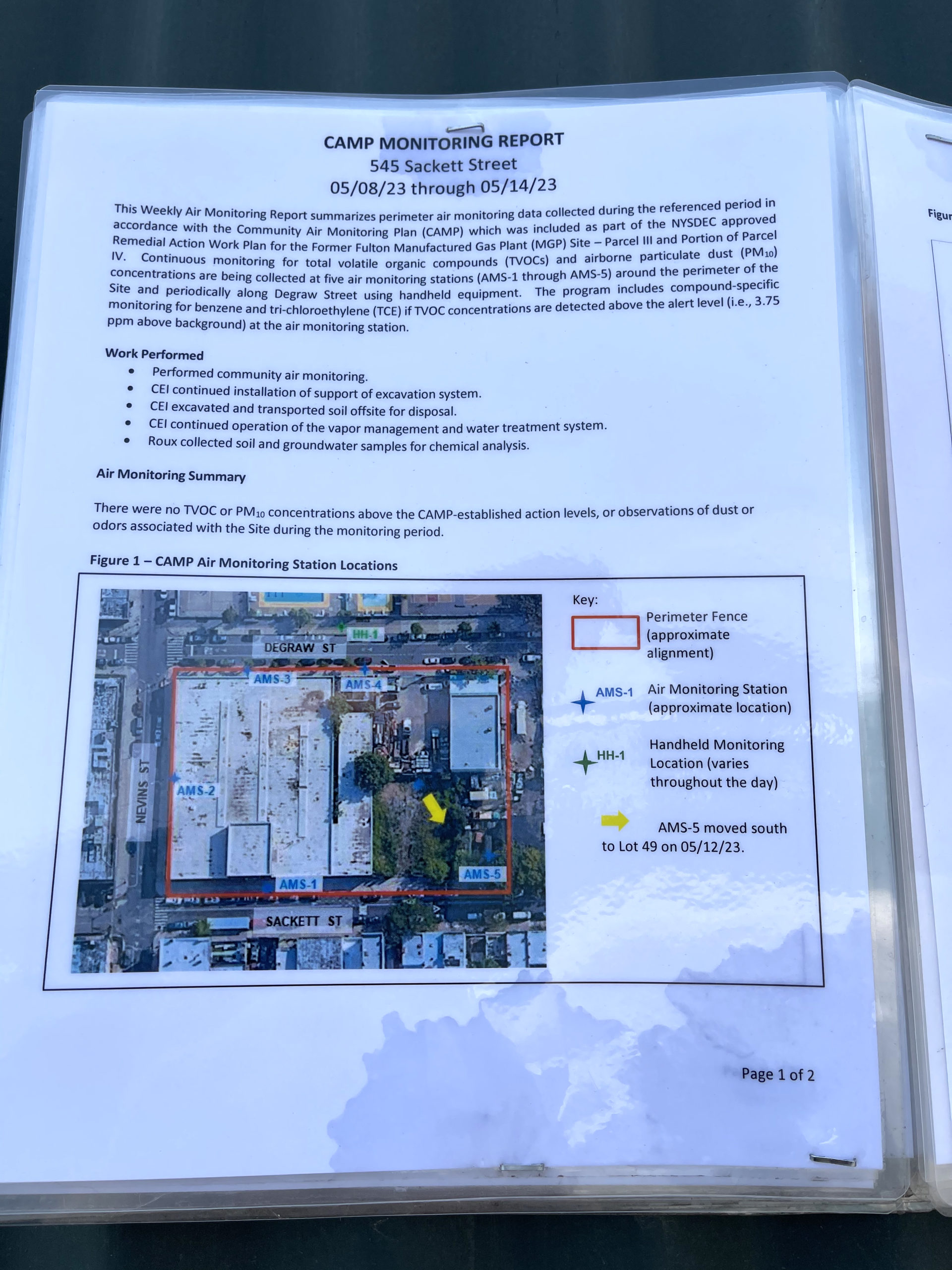
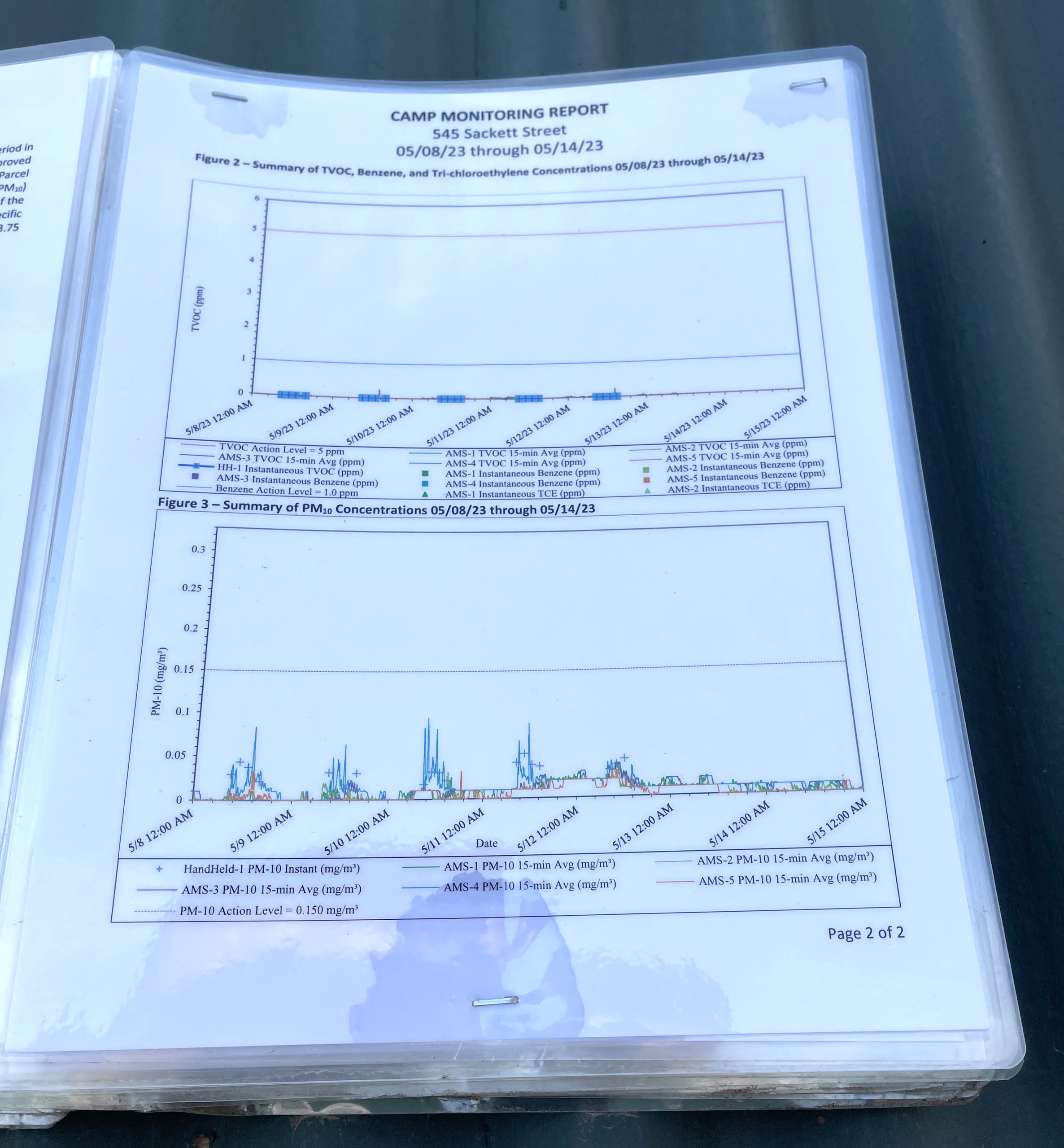
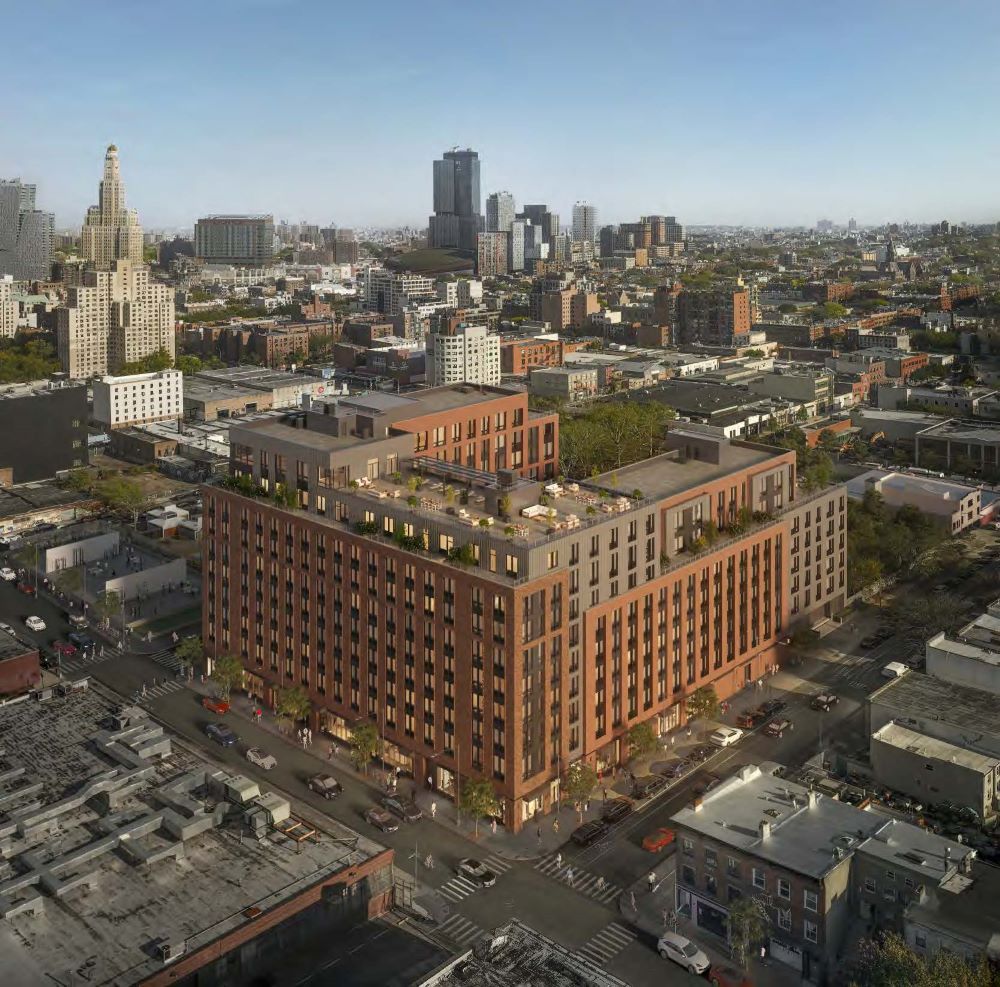
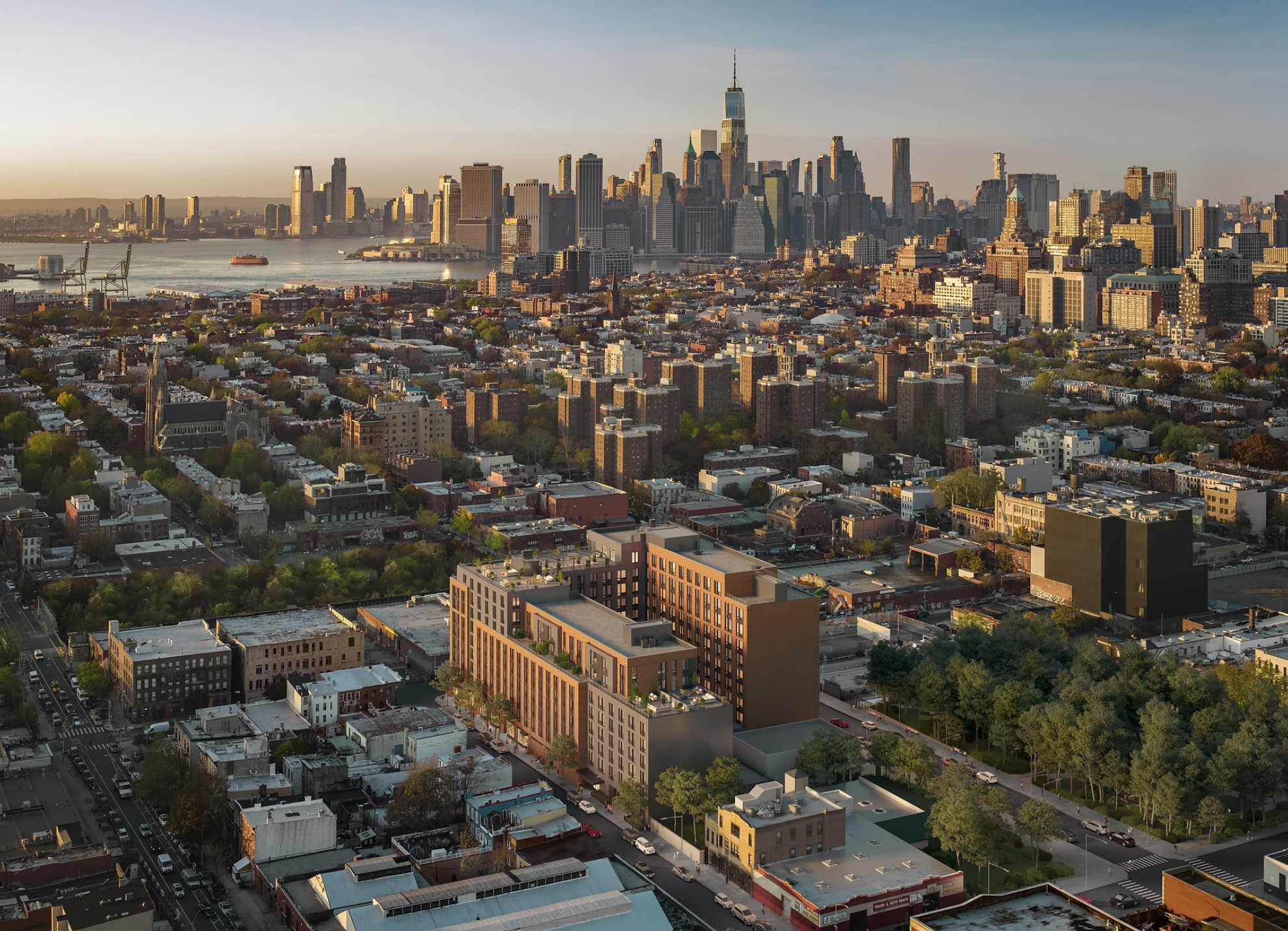

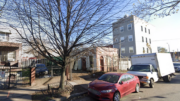


45 more cagers
Gray corrugated metal breaks up the massing, and extends from the main entrance to the highest point of the structure. I like its furrowed that run to vertical on surface, and covered with horizontal above unvarying corners very well combined: Thanks to Michael Young.
surrounded by a superfund site
Gowanus 101
What’s Happening in Gowanus?
The Canal
The Gowanus Canal Was Designated a “Superfund Site”
For over a century, the banks of the Gowanus Canal were line with industry and manufacturing companies, which released their toxic waste into the canal water as well into the ground. In 2010, the federal government identified the Gowanus Canal as one of the most toxic waterways in the entire country. It’s filled with toxins that pose serious public health risks. As a result, it was designated a “Superfund” site, and in 2020, the Environmental Protection Agency began a $1.5 billion cleanup of the canal.
The Land
The Gowanus Neighborhood Has Been Rezoned
In 2021, 82 blocks in Gowanus were changed from mainly industrial use to allowing residential development. The existing industrial buildings being demolished in the neighborhood will soon be replaced by dozens of apartment towers reaching up to 30 stories tall.
Most of the Rezoned Land is Highly Toxic
The vast majority of development sites in Gowanus (see map, below) are filled with cancer-causing toxins due to a century of industrial use, and have been classified by NY State as “Brownfield sites.” Some have toxins as deep as 150 feet.
The Infrastructure
Sewage Frequently Flows Into the Canal
During heavy rains, raw sewage flows into the canal because it exceeds the current sewer system’s capacity. As a result, the EPA has demanded that the City build two enormous “retention” tanks to keep excess sewage from going into the canal.
What’s The Problem?
The Land is Not Being Cleaned Up Fully, Leaving Toxins in the Soil
All of these sites need to be cleaned up before residential buildings can be built. State law requires they be cleaned to “pre-disposal conditions”—as they were before industrial poisoning. However, this is NOT happening. For instance, at some sites, where toxins reach as deep as 150 feet, the State is only calling for developers to clean less than the top 8 feet of contaminated soil.
Toxins Left in the Soil Can Enter Buildings And Threaten Future Residents’ Health
The State itself acknowledges that when certain toxins (“volatile organic compounds” or VOCs) are left in the soil, they can “move into buildings and affect the indoor air quality.”
Rather than remove them entirely, the State has decided that on the development sites, these toxins will be covered, or “capped,” with a slab of concrete. This method of dealing with toxic land, known as creating a “vapor intrusion barrier,” is very risky, and is so unreliable that these sites must be monitored every year, in perpetuity, to ensure that dangerous vapors haven’t penetrated people’s residences.
The Most Deeply-Affordable Housing Is Planned for the Most Seriously Toxic Site
Some of the worst contamination can be found at “Public Place,” a City-owned plot at the corner of Smith and Fifth Streets which for decades housed a manufactured gas plant that created waste known as “coal tar.” Exposure to coal tar has been linked to a variety of cancers. Coal tar at this site has been found to a depth of 150 feet.
The cleanup proposed for this site is woefully inadequate, and only the top 8 feet of soil will be cleaned. It is also the only site in the entire rezone where 100% of the 950 apartments target lower incomes, including units for unhoused individuals and seniors. A school has also been proposed for this site.
Placing the lowest-income residents in danger in this way raises Environmental Justice concerns.
Toxins Are Not Confined To Their Original Sites and Threaten the Health of Existing and Future Residents
Large “plumes” of migrating carcinogenic coal tar have already been found far from their original site in Gowanus, and with flooding and rising groundwater levels from climate change, these and other carcinogens can wind up underneath existing homes and intrude into them.
Fumes from the Toxic Construction Sites Pose a Danger to the Community
The disturbance of the land at these toxic construction sites has caused air monitors to be set off by toxic fumes reaching dangerously high levels, with the community not notified and only discovered after kids in the neighboring playground smelled it and reported it to our electeds.
The Gowanus Canal will be Re-Contaminated With Toxins
Without a full cleanup, toxins from the sites surrounding the canal will seep right back into the canal and re-contaminate it, thereby not only wasting $1.5 billion in taxpayer dollars, but also returning the canal to its dangerously toxic state.
Sewage Retention Tanks Are Not Being Built, and Sewage will continue to flow into the canal—and into our homes
The City is not following the EPA’s timeline to build the required retention tanks, and at this point says that they won’t be complete until after 2030. And the retention tanks are only meant to deal with the current number of residents in the community; they don’t take into account the additional sewage that will be produced by 20,000 planned future residents.
Without the required retention tanks, and given increases in rainfall as a result of climate change, sewage will (and has) backed up into people’s homes.
What Can I Do?
Join the efforts of Voice of Gowanus, and sign up for our email alerts to keep up to date on what’s going on.
We’re working to ensure a complete cleanup of the toxic development sites in Gowanus to protect current and future residents, by demanding that Gov. Kathy Hochul guarantee that these sites be cleaned according to State law.